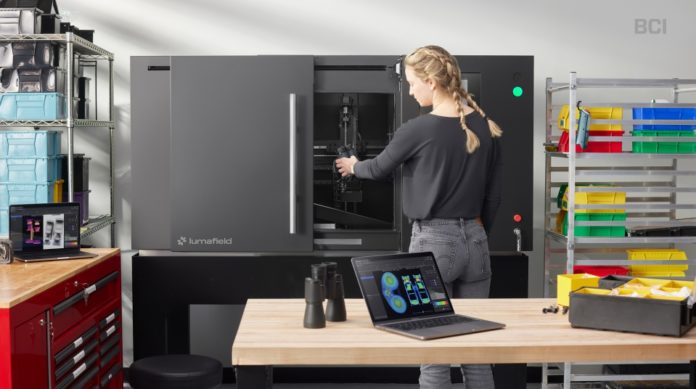Key Highlights:
- Lumafield has raised over $32 million in funding.
- Lumafield will be leasing a kit for $3,000 a month with CT tools that are seamless to use and affordable.
- Lumafield has a powerful automated analysis engine, which pinpoints voids, pores, and cracks before they can turn into powerful problems.
Lumafield has raised over $32 million in funding from DCVC, Kleiner Perkins, Jason Calacanis’ Launch, Lux, and Toney Fadell for the computed tomography (CT) and 3D scanning tool.
The CT tools are expensive in the current healthcare scenario. However, Lumafield will be leasing a kit for $3,000 a month. It has been stated that the tool can be operated in an office environment and is seamless to use.
Lumafield combing automation with analysis
Lumafield is combining software, 3D scanning, and CT which enables the engineers to map and understand the internal features of products in an accessible way. The following is possible by using the company’s Voyager Software tool that will also segment a part by coupling CTs automatically and making them easy to decipher.
Lumafield has a powerful automated analysis engine, which pinpoints voids, pores, and cracks before they can turn into powerful problems. The company already has Desktop Metal as a user.
QA testing for critical components
3D printed parts often have problematic quality assurance (QA). By far the CT step needs to have a QA test. Only the CTs can assure that the metal 3D printed part does not have any voids or cracks. It will be valuable to be able to CT scan every single part coming out of the service bureau affordably. Consequently, it will be beneficial to manage the QA issues beforehand even for non-critical components.
Companies can learn faster and learn quickly by discovering print or post-processing errors. This will enable the company to master the existing processes more rapidly than otherwise possible.




